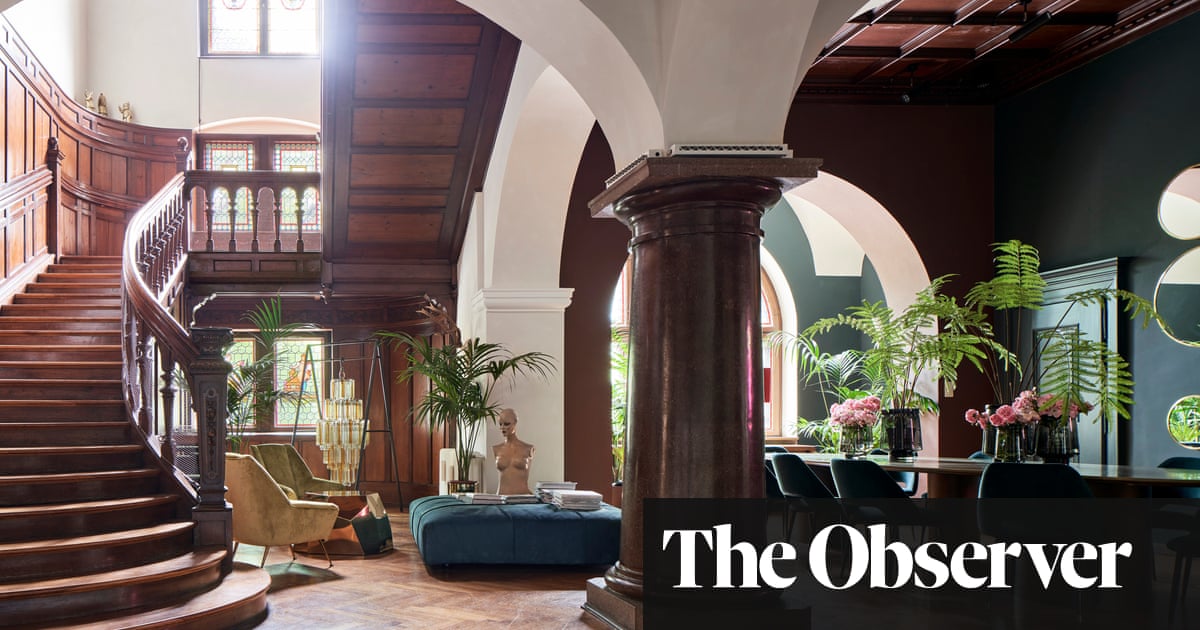
drama about “female millennials” and the gentrification of Latinx spaces: that’s the pitch that prestige-aspiring TV network Starz took to Tanya Saracho, who had written for zeitgeist-y HBO shows Girls and Looking, in 2016. Saracho ran with it, and made sure the show was written, directed, composed and was edited by a completely Latinx, and almost exclusively female, largely queer team.
The result is Vida (available on Stan in Australia), a show that makes no apologies for trading in specificity to create a refreshing, lived-in world. Which, yes, means that unless you’re Latinx and queer, you’ll probably miss a few references or jokes. You may, say, not be able to follow as characters code-switch into LA Spanglish, sans subtitles. But it’s all the better for not offering a mid-episode lesson on why “pocha” is so insulting or what someone’s non-binary identity means to them, as the show’s far too busy to slow down.
Set in LA’s historically Latino suburb Boyle Heights, Vida centres on two sisters who return after the death of their estranged mother, Vidalia, who they learn had a long-term lesbian partner. That secret is soon overshadowed by another: the building they inherit is in immense debt. Their mother refused to raise rents, and the bar was abandoned by older locals due to her lesbian patrons.
At first, older sister Emma (Mishel Prada) is eager to sell, gentrification be damned, and return to her corporate life in Chicago, where her release is a lot of kinky queer sex, though returning home rattles her priorities. Meanwhile, Lynn (Melissa Barrera), a “free-spirit” who relies on her looks against her better judgment, sees an opportunity to do something with her life.
As they transform the bar from a trashy dive into Vida, a haven for queer Latinx artists and culture, Emma struggles to connect to both her queerness and her heritage, as her type-A ruthlessness has seen her shed anything that could get in the way. Lynn, meanwhile, tries some classic LA “fusion”, mixing tradition with trends, both at the bar and in her life, in an attempt to find purpose. Both will cause you to laugh-cringe and, as the characters clash, it’s difficult to decide who’s right and wrong.
Bad romantic and business decisions come and go, but the one constant across Vida’s three seasons are the forces who want to see them fail. It’s not just greedy property managers. Members of a local Latinx activist group protest the bar in myriad ways, seeing the sisters as “coconuts” (“white on the inside”) merely returning home for profit.
Vida never lands on one side of the argument. Instead, it lets linger the complicated fact that queer spaces are often the first step of gentrification, as one marginalised community takes away from another – even when, like Emma (or her mother), you belong to both worlds. We get to see it from all sides, a nuance that makes up for the show’s occasional crowdedness.
Despite the noise and slight over-ambition for 22 half-hour episodes, Vida is a relatively light show about quiet, confused grief. The sisters are determined to honour their mother despite their inherited financial and emotional debts, and the feeling echoes across Vida’s characters, in how most try to remain connected to their culture in compromised circumstances.
Ironically, Vida’s production team began shooting outside of Boyle Heights as much as possible after encountering protests to their own presence, lest their crew become part of the problem. There’s no solution here, but there’s a lot to think about.











